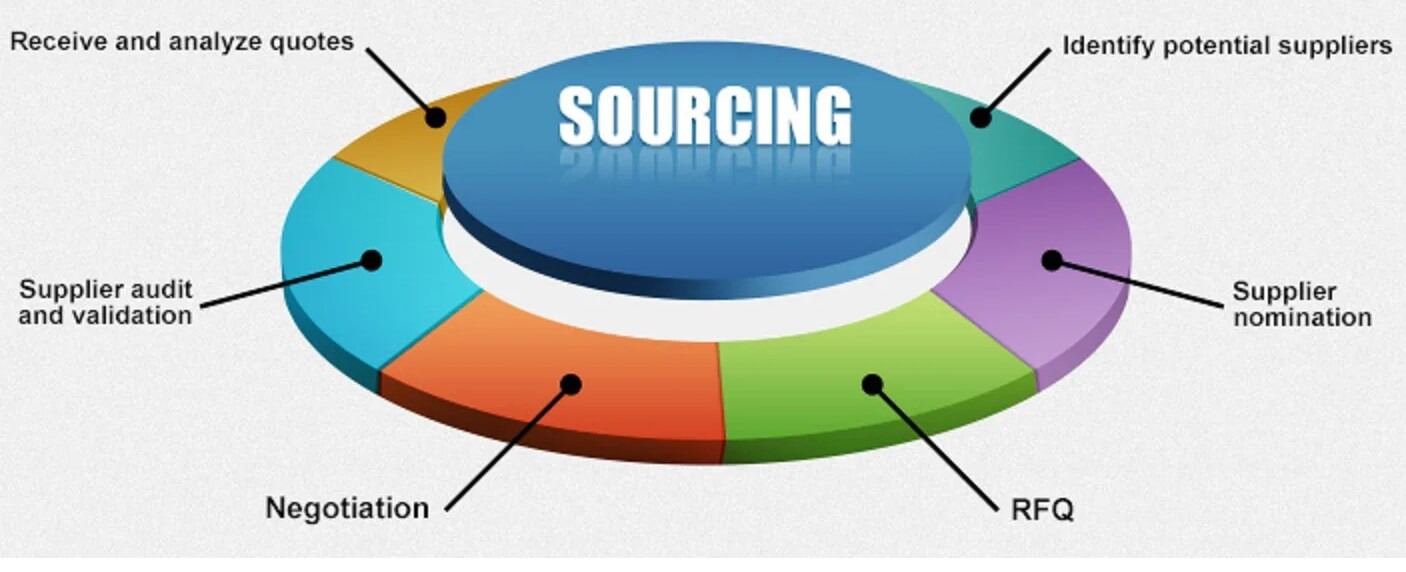Sourcing Suppliers and Controlling Costs is one of the most important aspects of your business. It is essential to find the right suppliers and control costs efficiently, otherwise, you will not be able to compete in this global marketplace. The problem is that there are so many different opinions about how to source suppliers effectively and what steps should be taken when controlling cost. This article aims to provide a guide on sourcing suppliers and a list of common questions with product reviews and useful tips for controlling costs efficiently.

Determine your needs before selecting a supplier
The first thing you should do before trying to find suppliers and control costs in determining your needs. Your company might have different criteria for sourcing, so it would be advisable to spend some time identifying what kind of requirements there are. For example: -Location Is the supplier located in an area where important resources like minerals can easily be sourced? Does the region provide enough access to natural materials or even cheap labor? If not, you will need a reliable logistics partner that has infrastructure on-site which allows them to get products from A - Z with less cost than if they were coming through another country. You may also want to consider manufacturers who offer turnkey production solutions (e.g., single-stop shopping) wherever possible.
Price Analysis and Cost Control in Purchasing
Some suppliers charge a premium because they are the only ones who can meet your requirements. Others may be lower priced, but their quality is questionable and you're not sure if it will last long enough to make back any savings in purchase price (e.g., cheaper manufacturing materials). Some companies even use cost-cutting techniques like cheap labor or lax environmental regulations which have long-term consequences on supply chain performance. So do your research - find out what the reputation of each supplier is before handing over a large sum of money for something that might break down after just one day's worth of use!
Types of Procurement Costs
-How do these costs vary between different types of suppliers? In your experience are procurement costs more expensive for one type than another? Why might this be the case?
Generally speaking, procurement costs are higher when purchasing from domestic companies than they would be if you were buying international goods. This is because in most cases the cost of shipping will outweigh any savings made by sourcing domestically which could result in an inferior product due to a poorly planned production timeline or lower-quality materials.* *But occasionally it's possible that negotiating with manufacturers can help bring down prices while still providing high-quality products. The key is doing the research before making a purchase!
Ways to Reduce Procurement Costs
Create a comprehensive list of suppliers with contact information. This will help streamline the process and make it more efficient when you are ready to start sourcing. Set specific goals in advance so that you can work towards them on an individual basis. For example, if your goal is to reduce production costs by 15%, then set milestones for this within a particular timeframe. Consider using new technology like RFID chips or QR codes which allow items to be tracked as they move through the supply chain instead of relying only on barcodes or numbers. In addition, these technologies could provide time-saving benefits such as scanning goods automatically at loading docks rather than having employees go around looking for packages.
Supplier Management Money Saving Tips
-Do not buy from out of the country if you can find a supplier in your area. This will help to keep costs down by avoiding shipping and handling charges as well as potential tariffs.
-Keep an eye out for any upcoming sales or promotions offered by suppliers that could save you money on supplies, such as discounts on bulk orders of pens or paper clips.
-Comparing prices across different vendors (even those just within your company) can often yield substantial savings because it's easy to overlook small differences in price when dealing with large quantities, particularly when it comes to items like printer ink cartridges. In addition, there may be variations in what is included with each purchase: some companies offer "free" delivery while others only include free.
Tips to find the supplier at the best price
-Start by compiling a list of all the suppliers you could feasibly use and then work to narrow down your choices. There are many factors that can help with this, such as geographical location or price.
-Once narrowed down, compare prices between potential suppliers using tools like Google Shopping or Price Grabber. This will allow for an apples-to-apples comparison without requiring any additional research. Once at this step, you should have three options: one is cheapest (but not necessarily best), one has good service but high costs, and the last maybe more expensive but offers great customer service
-After comparing these products on their own merits, decide which option would be optimal given what's most important to you.

